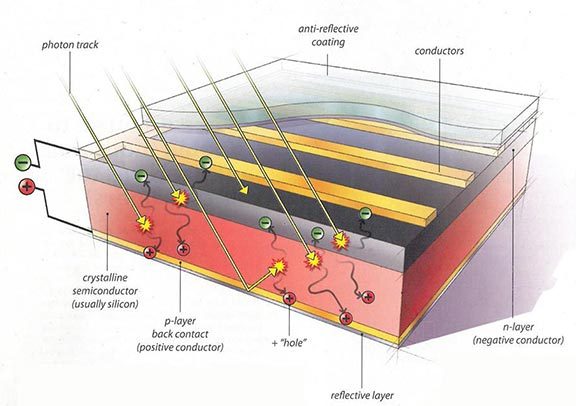Trends will always come and go, but one that’s been gaining attention is the so-called ‘zero-energy home’. It’s usually defined as a property that exhibits exceptional energy conservation and on-site renewable energy. This renewable energy is used to meet heating, cooling and other energy needs. As the movement continues to gain traction with a younger generation—it’s worth exploring more closely.
Living in southern California you may have herd about the idea of zero-energy homes. At this time, zero-energy development and construction is typically located on the East or West coast. Don’t forget, zero-energy construction is growing right here in California as a result of state wide and local policies, mandates and codes. The California Energy Commission voted unanimously this month to cut energy use in new homes by 28 percent – another big move toward inching closer to zero net energy new homes in the state within five years. A zero net energy building (ZNE) is one that produces as much energy as it consumes. As local California cities and other states throughout the country continue to expand their zero-energy policies and solar costs continue to fall, more home owners will continue to move toward a zero-energy home standard. Will this become a hot button issue for resale?… We suspect it may.
Zero-Energy and Photovoltaic
California has pledged to build all new residential buildings to zero-net-energy specifications by 2020. These new standards for homes will produce as much energy as they consume, by incorporating photovoltaic systems (linked collection of solar panels). With the majority of these homes still connected to the electrical grid, any excess energy that’s accumulated throughout the day is fed back into the system so that it can be used nights or cloudy days.

Not only are zero-energy homes designed and constructed as energy-efficiently as possible, residents will also be able to look forward to zero-energy bills—other than the monthly fee required connecting to the grid. Zero-energy homes may look like other homes in your neighborhood, but their exterior walls tend to be thicker than those found in traditional homes. They also incorporate heating and cooling systems that are a lot more efficient than typical systems.
To get a sense as to where we stand today, according to a recent report released by the Net-Zero Energy Coalition (NZEC), nearly 6,200 housing units in the United States and Canada have been classified as zero-energy ready. This means a home can supply at least 90 percent of its own annual energy use or better. Zeroing in even further, just nine percent of the total residential units inventoried in NZEC’s report are classified as zero-energy (supplying 100 percent or more of the home’s annual energy demand). As with any new movement that’s looking to catch on and alter the real estate landscape as we know it, all we can do is wait and see what the future brings.
Zero-Energy in California
These new updates in California energy standards are known as “Title 24,” and will mostly apply to single-family homes. The standards set minimum energy saving requirements for new buildings and renovations in reducing energy used for lighting, heating, cooling, and ventilation. The new standards call for such items as an increase in wall insulation, a reduction in lighting energy in homes by nearly half by requiring a high-efficacy bulbs (like CFL or LED) in every socket; and the use of tankless gas water heaters, or one that boasts equivalent energy performance.
California has set a goal that all new residential buildings will be zero net energy by 2020. The new standards will take effect Jan. 1, 2017. All new commercial buildings must meet that goal by 2030. One thing for sure, California residents are tired of wasting money on rising energy costs. Why not put some of those dollars to better use making your home more energy efficient and increasing your resale value as “zero-energy” becomes more of an issue here in southern California.
